The year 2025 marks the 40th anniversary of Dr Reiner Knizia’s career as a board game designer – his first published game, Complica, was released in a magazine in 1985 (although he’d self-published games before then as well).
Since then, Knizia has designed and published over 800 games, many of which are critically acclaimed. Put simply, Reiner Knizia is the landscape on which all other modern designers build their houses.
To celebrate Knizia’s career and back catalogue, Meeple Mountain are taking things back to basics to consider the ABC of Reiner Knizia: one game for each of the 26 letters of the alphabet.
This time: The Letter ‘H’.
H – High Society (1995)
Not the 1956 classic musical comedy featuring Grace Kelly, Bing Crosby, Louis Armstrong and Frank Sinatra (What a cast!), but a phenomenal and accessible auction game from 1995.
The premise of High Society is that players are ‘quintessential bon vivants’, competing to be the most stylish member of society. To become the icon of the age involves bidding vast amounts of money on auctions for the best and most luxurious excesses. Spend too much, however, and you’ll be outcast from polite society as the penniless upstart that you are.
This is the decadent knife edge that players of High Society need to walk. “Every purchase you make puts you closer to winning by points but also to losing for having the least money,” says Erik Twice, “It’s a double-edged sword that must be carefully handled to stab the other players but not ourselves.” Meeple Mountain’s own Thomas Wells ranks High Society first in his 10 best auction board games list for Dicebreaker, citing that it “brilliantly makes players walk a tightrope of sabre-rattling, timidity and nail-biting management of the cards in their hand, all in about 15 minutes”.
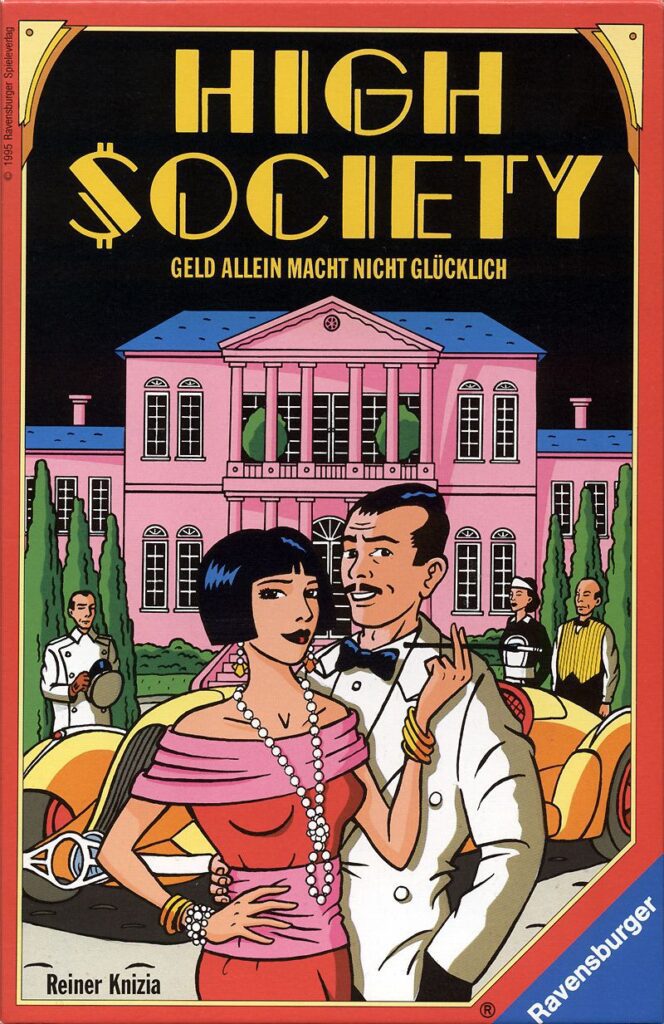
In Mark Wilson’s review of Knizia’s Babylonia for Bumbling Through Dungeons he talks about Knizia’s design philosophy which “values a certain level of austerity when it comes to rules complexity, but promotes a lot of emergent gameplay”. High Society is the perfect example of this. It’s a 20 minute game with rules you can explain in two shakes of a monied fist, yet the resulting experience is far more interesting and exciting than it has any right to be. Space-Biff’s Dan Thurot sums it up marvellously: “One of the finest auction games ever assembled… Not only is it one of the finest filler games ever made, it’s one of the finest in Reiner Knizia’s estimable stable of successes.”
Yet there’s more to this preening princeling than simply good gameplay.
High Society is a near perfect alignment of mechanics and theme, a sharply satirical skewering of class, status and excess. Aside from a few curious animal re-themes, High Society is about rich people spending gross amounts of money for status, whilst trying to remain rich. Early editions had players bidding on race horses, sports cars, luxury yachts, private jets, statues, jewelry and more. The Überplay English edition of 2003 in particular emphasises the tackiness of the super-rich, the hollow boasts of status symbols and the ostentatious displays of the nouveau riche.
More common today is the gorgeous 2018 edition from publisher Osprey Games set in France at the turn of the 20th century. It’s Art Nouveau heaven: beautiful people elegantly enjoying opulence and joie de vivre. Through Medusa Dollmaker’s art you can practically feel the champagne bubbling on your tongue.
Some have argued that by glamourising the protagonists of the story, Osprey’s edition de-claws the satire. Instead of judging their shallow tastelessness, we want to be those enchanting aristocrats living their best lives. “The artwork stands too much in opposition to the game’s satire,” says Twice, “it paints a flattering picture of the same people mocked by the mechanics.”
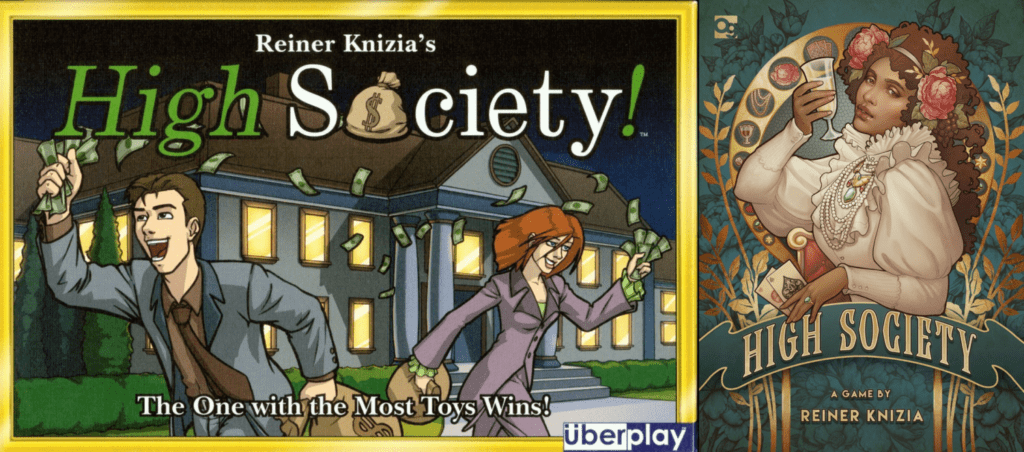
To an extent Twice is right, we’re far more likely to romanticise bon vivants from a hundred years ago then the crass super-rich of the past few decades. But we forget that regardless of their appearances or style, status symbols are representative of their times. What was once top hats and tuxedos became private jets and sports cars.
Status symbols demonstrate the ability of an individual to afford them, an idea first put forward around the time that Osprey’s edition is set by American economist and sociologist Thorstein Veblen with his concepts of conspicuous consumption and conspicuous leisure. Economic capital is converted into cultural capital, an edition of High Society set today might forgo the luxury goods for luxury beliefs. (For a fascinating and accessible exploration of cultural capital and luxury beliefs, check out Rob Henderson’s article ‘Luxury Beliefs are Status Symbols’)
At the same time, the satire of High Society isn’t targeted at consumerism. Sure, the game is critical of consumerism and excess, but the point it makes is about the charade of status symbols. “We don’t value status or wealth based on how much money someone has in their bank account, rather, we judge them by their bling and hardware,” says Charlie Theel of Player Elimination, “their financial health behind the scenes is inconsequential as long as they can maintain that cracked facade. As a society, we’re ill”. Regardless of time period and specific luxuries, High Society points out the dishonesty of appearances.
At the same time High Society ridicules the fickle nature of class and elitist society. Despite their cars, works of art or jewelry, the poorest player at the end of the game is “cast out”, unable to win. Through its sparse rules High Society skews the Sam Vimes theory of socioeconomic unfairness. “The reason that the rich were so rich, Vimes reasoned, was because they managed to spend less money” (from Men at Arms by Terry Pratchett). The only thing more valuable to the super-rich than stylish possessions is money.
What makes the satire of the Osprey edition so much more potent is that the luxuries you’re all bidding on are mostly consumable. They are symbols of living the high life: perfumes, food, fashion, champagne and other indulgences you can’t hang on to. Excesses with expiry dates, they force the protagonists onto a treadmill of spending until their money runs out and ‘polite’ society rejects them.
High Society is that rare beast – a game that says a lot with a little. “High Society’s primary achievement is in conveying thematic weight that outstrips its size,” says Theel, “this is a thoughtful design shaped with a sense of purpose, and in many respects it’s one of the best examples of a game being more than a game.”
Hordes of Hunky-dory Knizias
If you’re hungry for ‘H’ then there are heaps of highly rated Knizias you could try:
Havalandi – One of the dreamily best-looking Knizia games of recent times, 2023’s Havalandi may not have set the world alight but there are some interesting things going on in this little tile layer. The divisive dice-rolling puts some people off but we think if you embrace the six-sider and approach the game in a different way then you’ll find more than meets the eye. Read our Havalandi review here!

Heckmeck series – A family of chicken and worm dice games, Heckmeck is one of Knizia’s most successful games. Following the initial release in 2005, spin-offs have included a card game, junior edition, an expansion and the fractionally more complex Heckmeck Barbeque. Also known as Pickomino, Heckmeck sometimes runs a little long but it’s a great game and those tiles are excellent.
The Hobbit – Knizia has designed many games around Tolkien’s Middle Earth saga, including four games based on Bilbo Baggins’ adventures in The Hobbit. We’re flagging 2010’s The Hobbit as the loveliest of the four, coming as it did 2 years before Peter Jackson’s Hobbit film trilogy started. A family-friendly mix of bidding and gems, there’s nary a film still to be seen.
Hot Lead – Part of Knizia and Bitewing Games’ Criminal Capers trilogy, 2022’s Hot Lead is a set collection game about building evidence without scaring off the suspects. With fantastic anthropomorphic art of gumshoe animals by Paul K. Halkyon, it’s quick and dramatic, if perhaps a little slight. “This is, fundamentally, a fun and silly game,” says Meeple Mountain’s Andrew Lynch in his review of Hot Lead, “its full of dopamine hits”. Lynch considers it the weakest of the trilogy but simultaneously envisages that it’s the one he’ll keep playing the longest.

HUANG – An even yellower edition of 2018’s Yellow & Yangtze, HUANG changes nothing about its predecessor’s design aside from the aesthetics and removing the Yangtze river from the title (the Yellow river is known in China as Huanghe and Knizia already has a 2016 auction game called Yangtze). But HUANG, like Yellow & Yangtze, is a smoother and softer version of Knizia’s masterpiece Tigris & Euphrates (covered previously in our alphabet here) and well worth a visit. Read our HUANG review here!
–
And so our haul of ‘H’ ends. Did our hand-picked decisions make you happy or are you horrified by our heinous choices? What ‘H’ game would you have chosen? Let us know in the comments below and check out the rest of the Reiner Knizia Alphabet here!


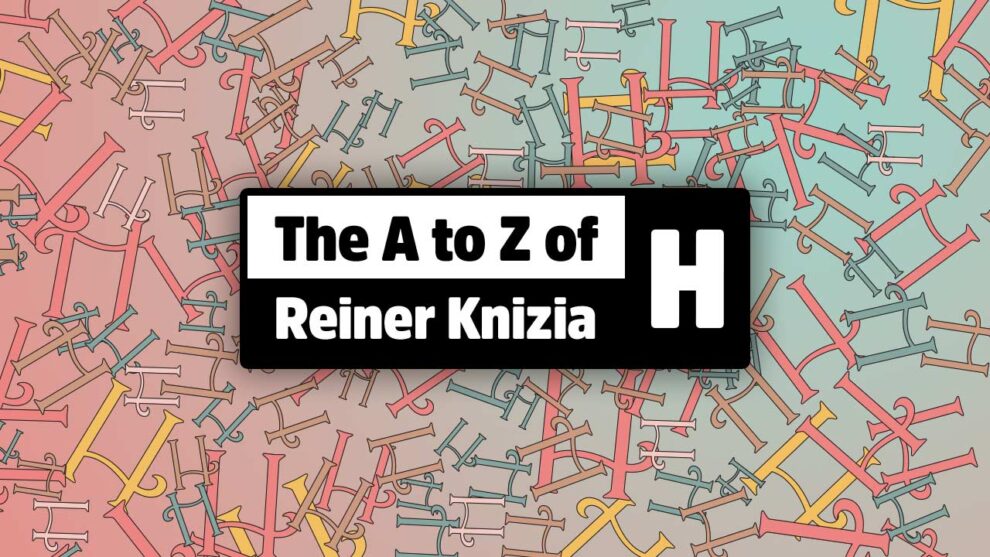


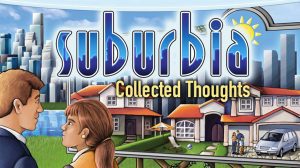

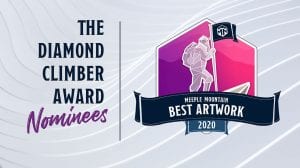
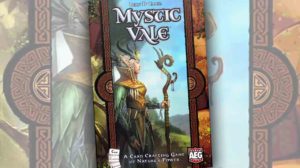


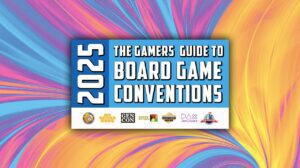

Huzzah! As usual, this is a wonderful and entertaining article. I find myself looking forward to each letter of the alphabet, awaiting your thoughts on the good doctor.